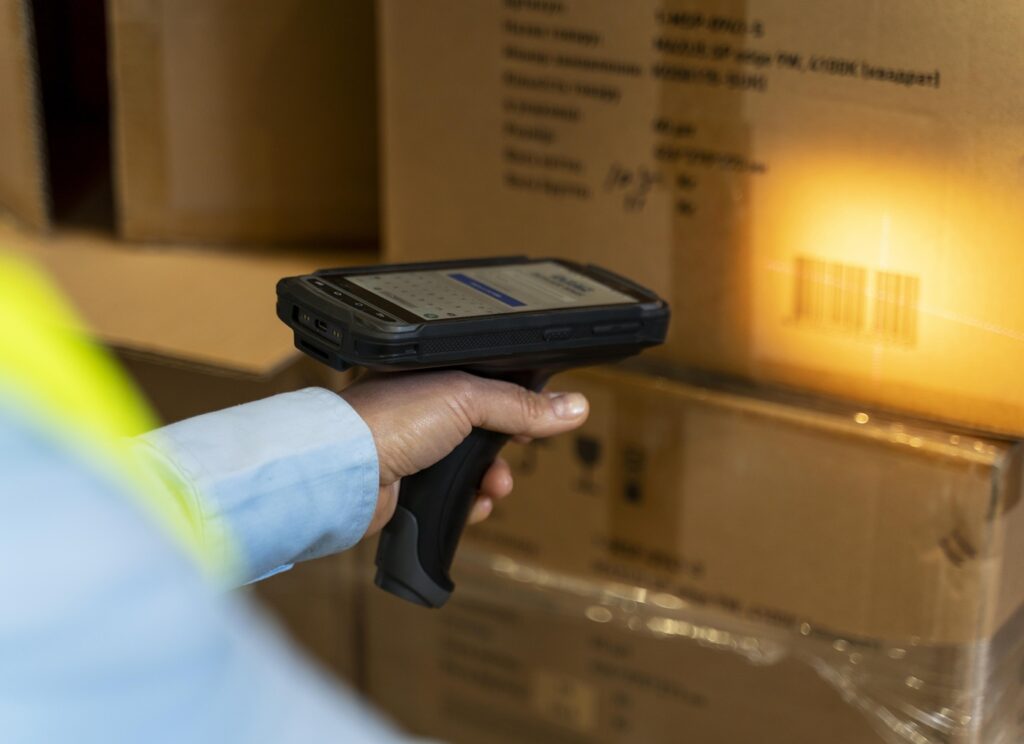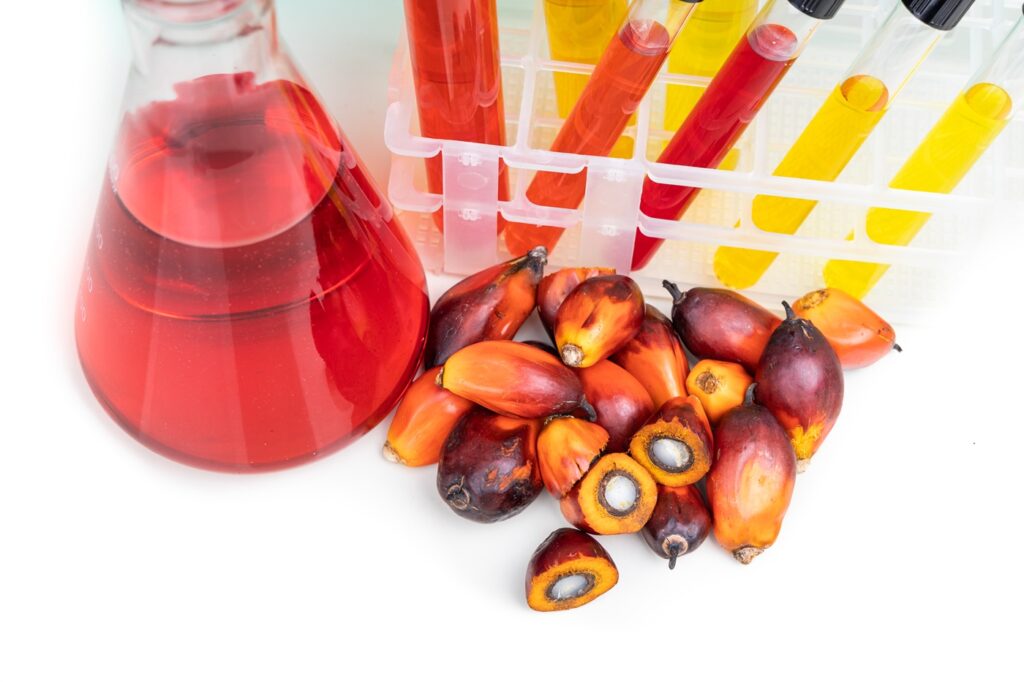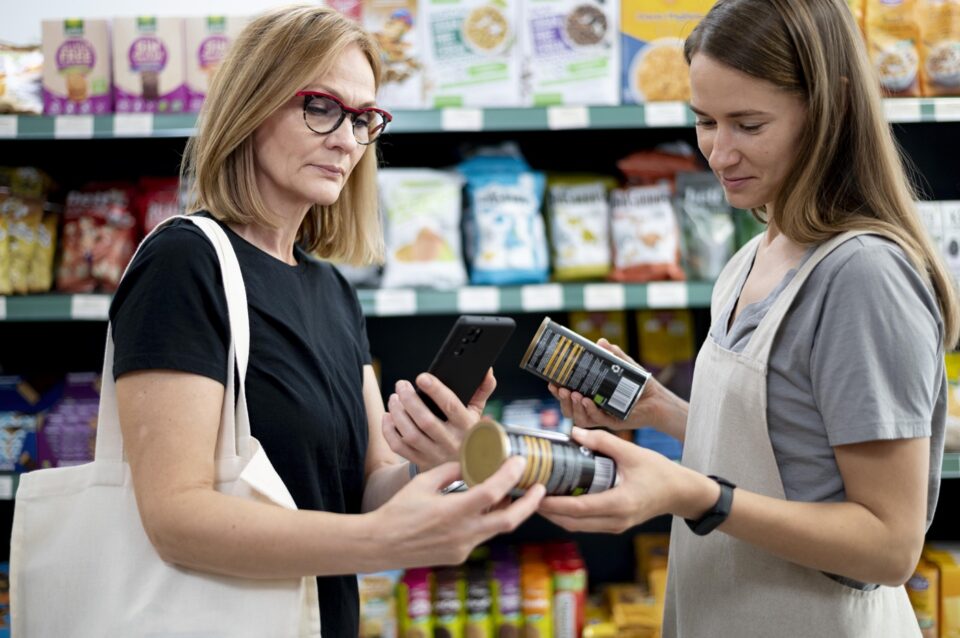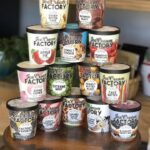Food and drink manufacturers are under unprecedented scrutiny. With the UK’s new border controls, global deforestation laws, and mandatory transparency standards on the horizon, traceability has become a commercial necessity. The businesses that master digital visibility will not only stay compliant but build consumer and retailer trust.
The New Reality of Food Traceability
A gap in traceability data is no longer a minor operational flaw—it’s a potential shipment rejection, a failed audit, or a costly recall. With the UK’s Border Target Operating Model (BTOM) now fully in force and stricter global rules tightening supply chains, traceability has shifted from a “best practice” to a legal and financial obligation.
Under BTOM, all EU food imports are categorised as low, medium or high-risk. Medium and high-risk goods, including meat, dairy and many plant products, must now carry digital health certificates and may be physically inspected at Border Control Posts. Without accurate, end-to-end traceability, generating these certificates becomes impossible—creating delays, spoilage risks and financial losses.
Across the Channel, the **EU Deforestation Regulation (EUDR)** is reshaping international sourcing. From 2025, any company selling products in the EU containing commodities like cocoa, coffee, palm oil or soy must provide verifiable, **geolocation-based proof** that those ingredients are not linked to deforestation. The ability to trace commodities back to specific plots of land is no longer optional—it’s the price of market access.
Closer to home, the UK’s Food Data Transparency Partnership (FDTP) is laying the groundwork for mandatory, standardised health and sustainability labelling. Businesses will soon need to report data on metrics such as carbon footprint and water use—numbers that can only be gathered through digital traceability systems capable of tracking and verifying every step of production.

Technology at the Core
The tools of traceability are advancing fast, integrating blockchain, AI and IoT into cohesive platforms that connect the entire value chain.
Digital Product Passports are the most visible example. These secure, blockchain-based records follow a product from origin to consumption, capturing details from farm data to packaging recyclability. Accessible via a simple QR code, they provide regulators, retailers and consumers with a transparent record of provenance, ingredients and environmental impact.
AI-Powered Risk Prediction is transforming the way companies manage quality and safety. By analysing vast datasets—from supplier audits and weather conditions to freight routes and public health alerts—AI can highlight vulnerabilities before they become problems. This proactive intelligence enables food businesses to target inspections, avoid disruptions and prevent recalls.
Meanwhile, interoperability standards are solving one of the sector’s biggest challenges: communication. The GS1 EPCIS 2.0 standard now provides a common digital language for traceability data, allowing farmers, processors and retailers across borders to share information seamlessly. This is the foundation that makes genuine end-to-end visibility possible.

The Commercial Imperative
Digital traceability is no longer just about compliance—it’s a competitive advantage. Retailers increasingly demand verifiable supply-chain data as a condition of listing. Consumers expect transparency as proof of quality and ethics. And in an age of border checks, sustainability audits and climate reporting, traceability data is the currency of trust.
The future belongs to those who can see, prove and share the story behind every product. In 2025, traceability is not paperwork—it’s proof of integrity.




